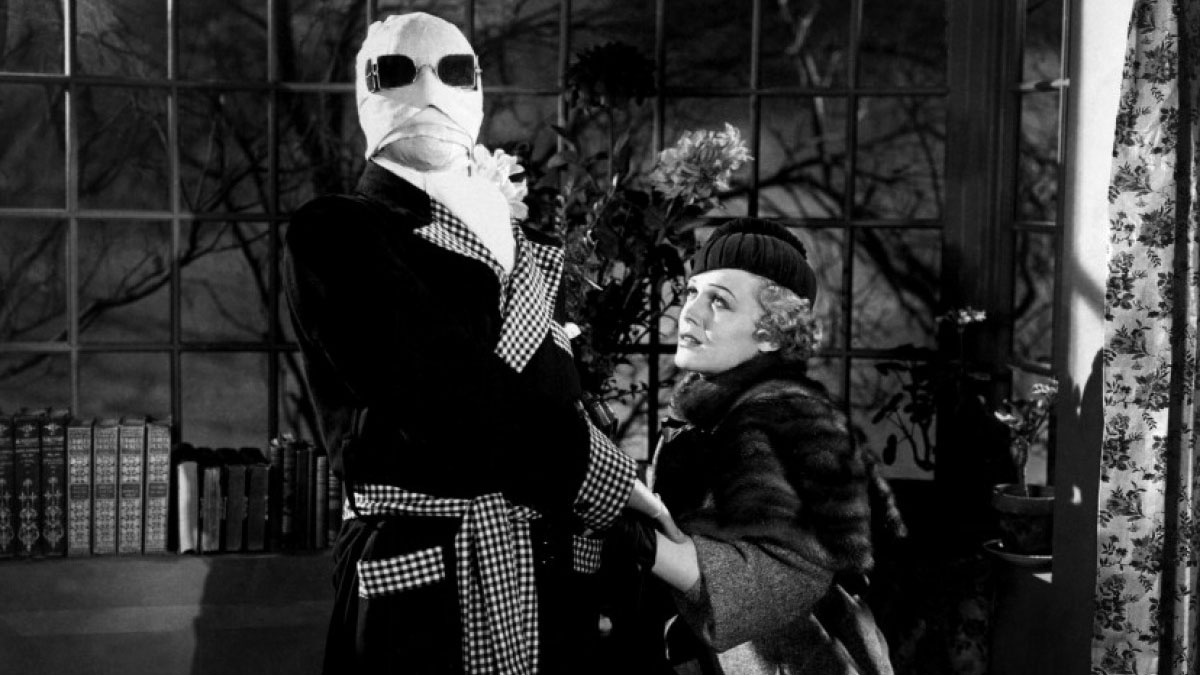
The early monstrous mass of Universal bogeys put down roots in the pop-culture zeitgeist as deep as any to be found in the most ancient burial grounds. The mesmeric hold of Dracula, the Frankenstein monster, the Mummy, and the Wolf Man is formidable; they’re almost impossible to escape, no matter how watered down that culture becomes, as though the cemetery had been flooded in an attempt to turn it into a reservoir, corrupted drinking water and all.
Right behind these monsters—in terms of cinematic potency, if not widespread influence—is the Invisible Man, played—mostly unseen—by Claude Rains in the film of the same name directed by James Whale in 1933. One suspects that those who know the movie love it dearly, while others, having read a summarizing line or two, are apt to give it a pass on the basis that this monster is heard rather than seen—at least directly. We’re often left with an indirect visual of him as he leaves footprints in the newly fallen snow, knocks over a stroller with a chubby-cheeked innocent inside, or swats the hat off a copper’s head.
The story is adapted from H.G. Wells’s 1897 novel. Wells could induce scares and laughs in equal measure (try his short story “The Inexperienced Ghost” as a perfect example). Whale was similar, and this picture, like his Bride of Frankenstein, is a mordant-monster tour de force. It’s pre-Code horror for smart people, more intangibly bookish than Edgar G. Ulmer’s very loose 1934 Poe adaptation, The Black Cat. The Invisible Man wasn’t really meant for viewers primarily (and oft-exclusively) interested in fangs being sunk into necks and the overnight guard getting his throat torn out behind a bush. Its brows are rather higher than lower.
We have a science-gone-wrong-because-of-man’s-vaulting-ambition tale, and thus a scintilla of academic gravitas. There will be “commoners” here, but also people who ought to be more enlightened, at least in theory, which, as we know, often means nothing at best and the inverse at worst.
Rains is Dr. Jack Griffin, a young scientist stewarded by the older Dr. Cranley, played by the always delightful Henry Travers. A strange brew is invented by the younger man sans regard for natural order—a virtual gimme of doctor-based horror films—and the problems begin.
We first meet Griffin on a lonely, snowy road as he makes his way to one of those quintessential horror taverns that we’d love to be able to frequent ourselves for mugs of porter and stories told round the fire by people who look like they were grown in the very dirt outside. You could say that that the rogue doc has a wasting disease of the extreme variety. Take away his clothes—and never has there been a movie with more nudity, in theory, without any actual nudity—and he looks like the air.
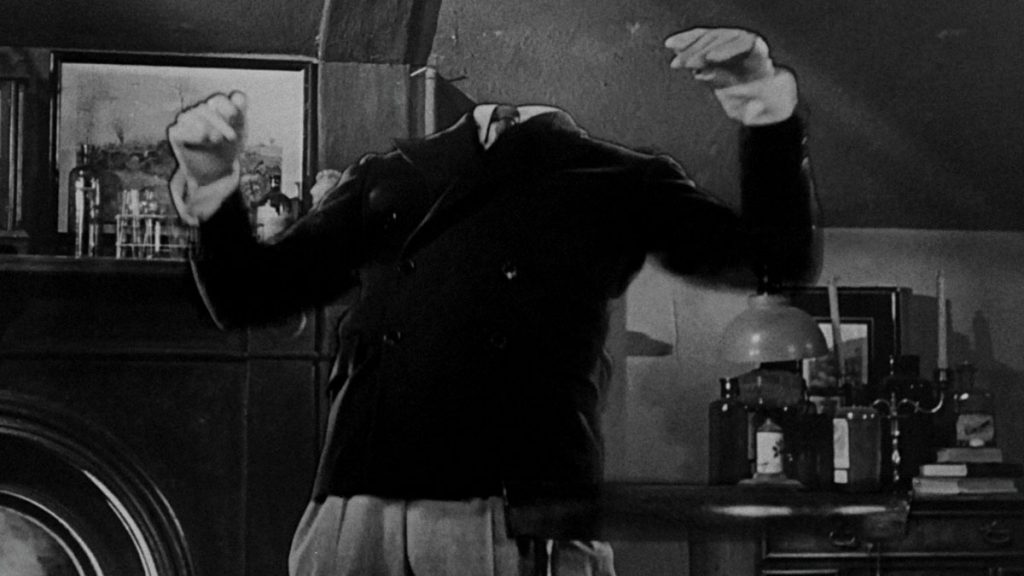
Una O’Connor is on hand to provide hokum humor—gotta play to the groundlings, too—and expositional scaffolding, much as she would two years hence in Bride of Frankenstein. Gloria Stuart plays the love interest. Whale liked casting her, though he also didn’t give her much to do. Her presence can feel necessary—part of a balancing effect—and simultaneously beside the point. The crux of the story is effacement, both literally and figuratively. They say you die twice—once physically, and then when someone says your name for the final time. But what of death in life? As it gets harder for Griffin to exercise any control over when he’ll be seen, his mind erodes as well. He becomes like a teenager drunk for the first time, confronting authority for no other reason than the effects of the stimulant and… because.
It’s not hard to descry some of the hallmarks of dementia within Griffin’s (albeit self-started) ordeal, singular though it is. For a movie about the removal of the body—and the brain in following—there are a lot of bodily details, which Griffin diaristically itemizes in a kind of TMI purge. For instance, he shares that a person can see the food moving through him when he’s invisible. That must have been shocking at the time, as in… “Gross!” Movies didn’t talk about the bathroom and such, and here we have a casual remark regarding bowels in the fashion of Montaigne detailing his morning constitutional in a journal entry.
Wires, booms, and dollies were integral to the film’s special effects. A great many things must be made to move without us seeing how they came to be put in motion. It’s like watching a ghost story in which the indiscernible ghost—no spectral vapors here—can touch and physically act upon whatever—and whomever—it pleases.
John P. Fulton worked closely with Whale in designing those special effects that dazzle us all these decades later. They are believable and breathtaking, and cause us to ask ourselves, “How the hell did they do that?”—allowing that we break free of the film’s own mesmeric hold, which takes a conscious effort. The touching coda scene is serious and sobering, inducing shudders of a different sort than we expect with horror. The restoration of natural order always comes with a price. Better to be your life than your soul, one supposes, but still nowhere close to a laughing matter. 🩸
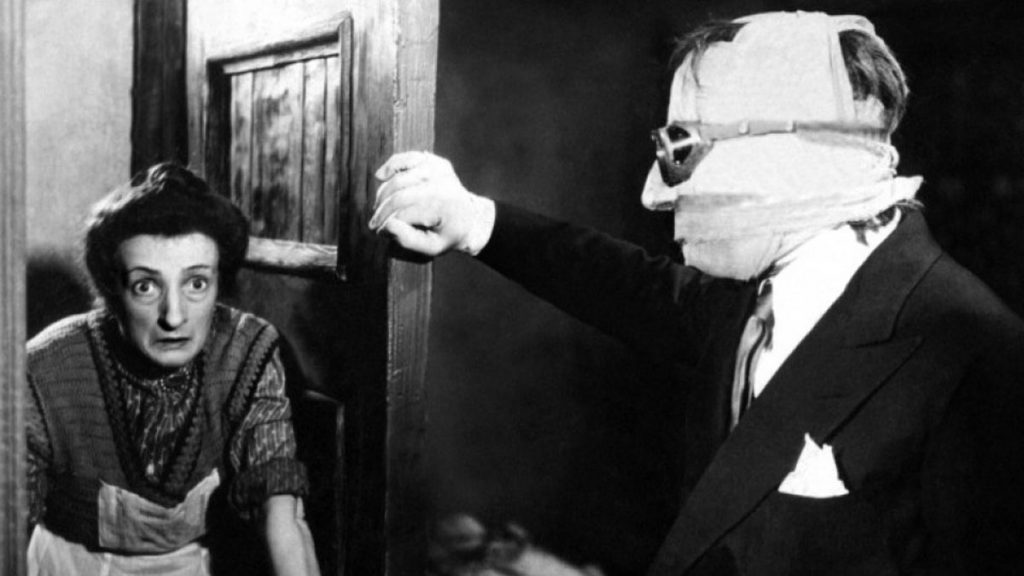
is the author of eight books, including the story collection, If You [ ]: Fabula, Fantasy, F**kery, Hope, a 33 1/3 volume on Sam Cooke’s Live at the Harlem Square Club, 1963, Meatheads Say the Realest Things: A Satirical (Short) Novel of the Last Bro, and a book about 1951’s Scrooge as the ultimate horror film. His work has appeared in Harper’s, The Atlantic, Rolling Stone, The New York Times, Vanity Fair, The Daily Beast, Cineaste, Film Comment, Sight and Sound, JazzTimes, The New Yorker, The Guardian, and many other venues. He’s completing a book called And the Skin Was Gone: Essays on Works of Horror Art. His website is colinfleminglit.com, where he maintains the Many Moments More journal, which, at 2.7 million words and counting as of autumn 2023, is the longest sustained work of literature in history.
Anyone can watch a hearse-load of scary movies at Halloween—and lots of us do—but how many of those people try and seek out the films most indebted to, or representative of, the holiday itself?
BY COLIN FLEMING | OCTOBER 15, 2024
Uniting his powers of visual storytelling and his understanding of human foibles, Hitchcock served up a top-notch melodrama and spy thriller with Notorious. After making short films on behalf of the British war effort and helping to compile footage of concentration camps...
BY ANN OLSSON | June 13, 2022
A paragon of queer perversity, Edgar G. Ulmer’s unfathomable Universal horror hit gave major stars Bela Lugosi and Boris Karloff two of their greatest roles. In the first of many films together, the erstwhile Dracula and Frankenstein’s monster play a pair of intensely bonded...
BY MICHAEL KORESKY | June 13, 2022
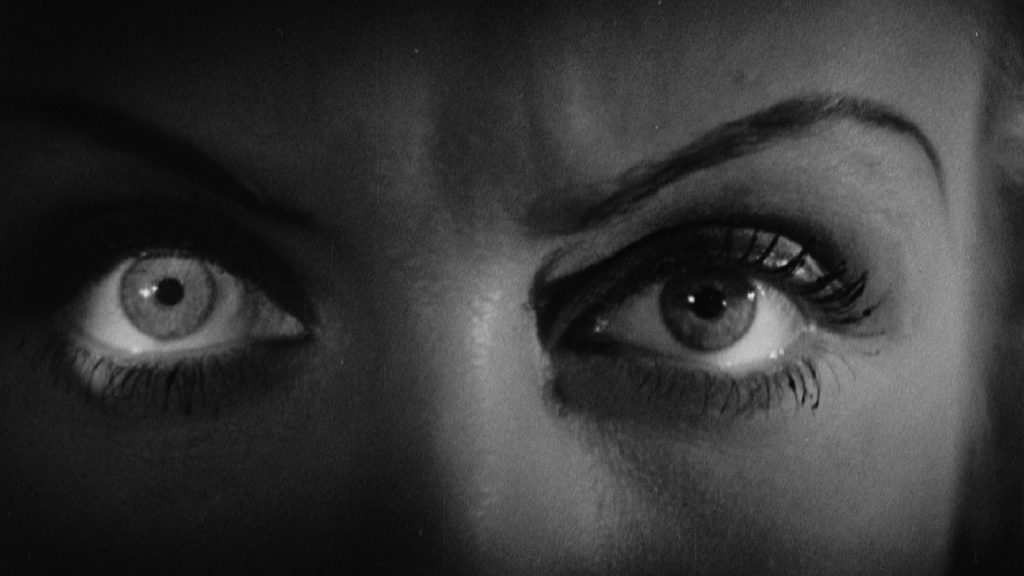
This pre-Code offering packs a lot of story into its typically brisk running time, with several plot threads weaving together a (not always successful) tapestry of spooky and criminal doings.
READ MORE >
BY ANN OLSSON | Month 00, 2021
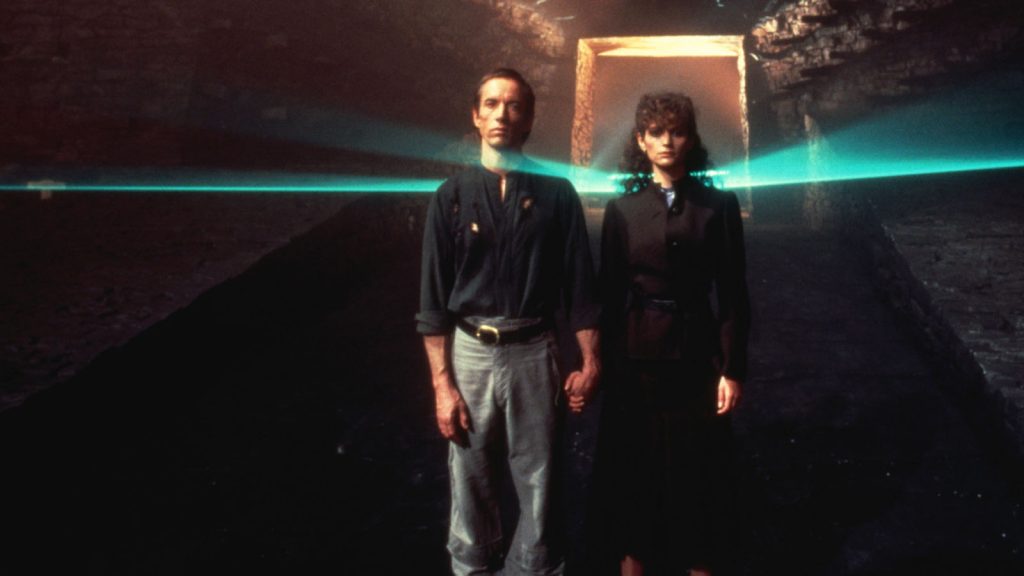
In what could be the fastest-resulting rape revenge movie, a drunken lout brutally forces himself on Ida, the young woman who doesn't return his affections, during a party over Labor Day.
READ MORE >
BY LAURA KERN | Month 00, 2021

Beast is a lot of movies in one package - fractured fairy tale, belated-coming-of-age story, psychological drama, regional horror film - but above all it's a calling card for its leading lady, Jessie Buckley.
READ MORE >
BY LAURA KERN | Month 00, 2021